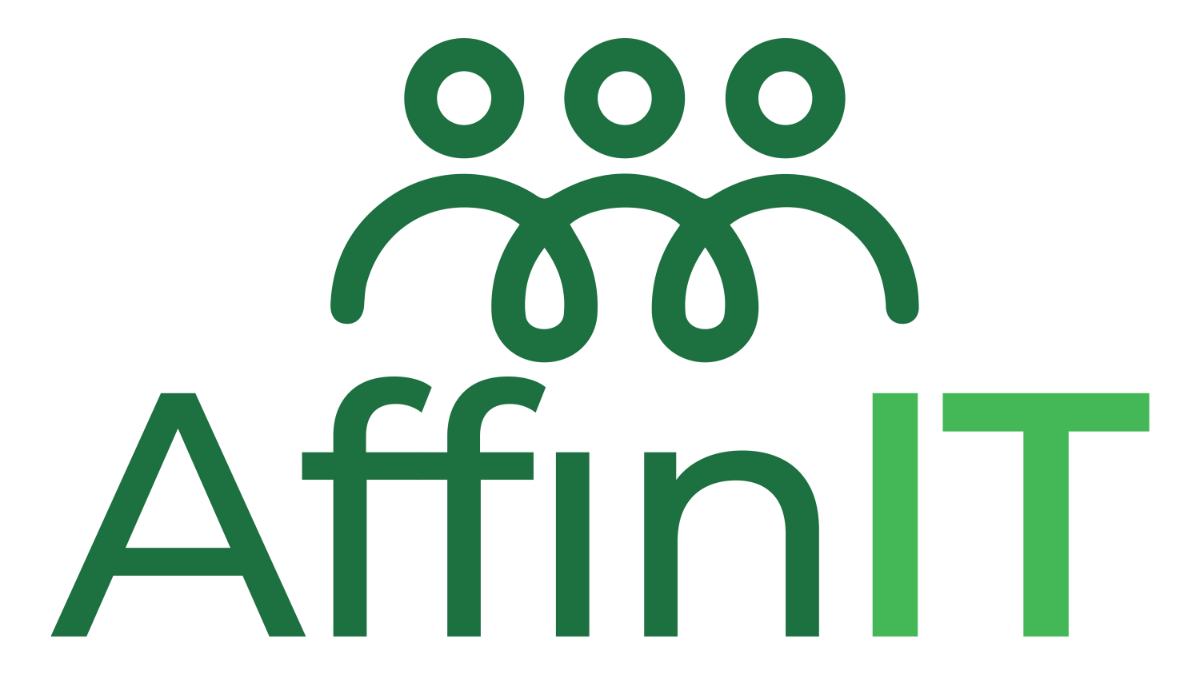We're AffinIT.
Your New IT Relationship™
We believe you can have a great relationship with your technology AND your managed service provider.
What’s Your Relationship with Technology?
Technology is the backbone of your business, but how do you interact with it daily? Are you confident it’s driving your growth, or does it feel like a hurdle you’re constantly trying to overcome?
At AffinIT, we understand every business is unique, and so is your relationship with technology. Whether you’re seeking to enhance efficiency, secure your data, or innovate with cutting-edge solutions, we’re here to help you forge a stronger, more effective partnership with the technology that powers your business.
Client Success Stories
"It was refreshing not having to chase anyone. The onboarding schedule was brought to me, and it was a seamless process."
Kyle Millet,
Vice President Operations at Hamilton Building Supply, Hamilton, NJ
"New employee setups are always timely, and you make the process easy. I send an email and get a quick response."
Aaron Bookman
Principal at DC Equipment & Supplies, Freehold, NJ
"Users were aware that the switch to AffinIT was underway, yet they likely wouldn’t have noticed at all had we not brought it to their attention."
Gates Frassetto
Vice President, Saddleback Real Estate Developers, Fairfield, NJ
IT Services Tailored to Your Needs
Our comprehensive suite of IT solutions is grouped into three key areas: User Services, Device Services, and Network Services, with each focused on enhancing the efficiency, security and performance of your operations.
At AffinIT, we believe technology should be a powerful enabler, not an obstacle. That’s why we’ve designed our services to address the unique needs of your business, whether it’s empowering your team, safeguarding your devices, or optimizing your network infrastructure.
Because cybersecurity is paramount, we’ve infused every aspect of our services with the protection your business needs to stay secure in today’s digital landscape.
Explore how our expertise can help you build a stronger, more resilient technology foundation.

User Services
Empower your team with seamless support and robust security. Our User Services include remote help desk support, email security, employee security training, and comprehensive backup solutions to keep your business running smoothly and securely

Device Services
Ensure your devices are always up-to-date and protected. From PC patching to onsite dispatch and managed detection, our Device Services are designed to keep your hardware performing at its best, minimizing downtime and maximizing productivity.

Network Services
Optimize and secure your entire network infrastructure. Our Network Services cover everything from server and LAN management to wireless, firewall, and WAN management, ensuring your business stays connected and protected at all times.
Ready for a Seamless MSP Transition?
AffinIT offers a complimentary consultation to help you get clarity on your current IT challenges and opportunities.
During this session, we take the time to understand your business, your goals, and how your technology is performing today. You’ll leave with initial insights into where your IT may be creating friction and what improvements could strengthen your security, and overall operations.
It’s a no-pressure conversation designed to give you value upfront and to help you decide whether exploring a partnership with AffinIT makes sense for your business.

AffinIT Insights





